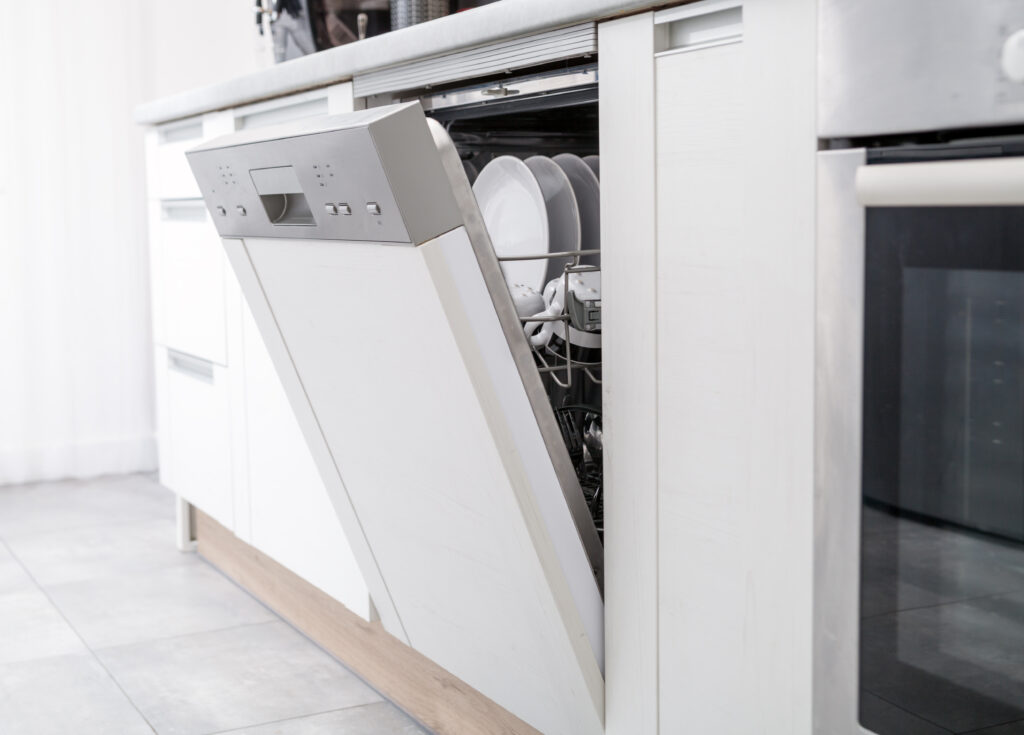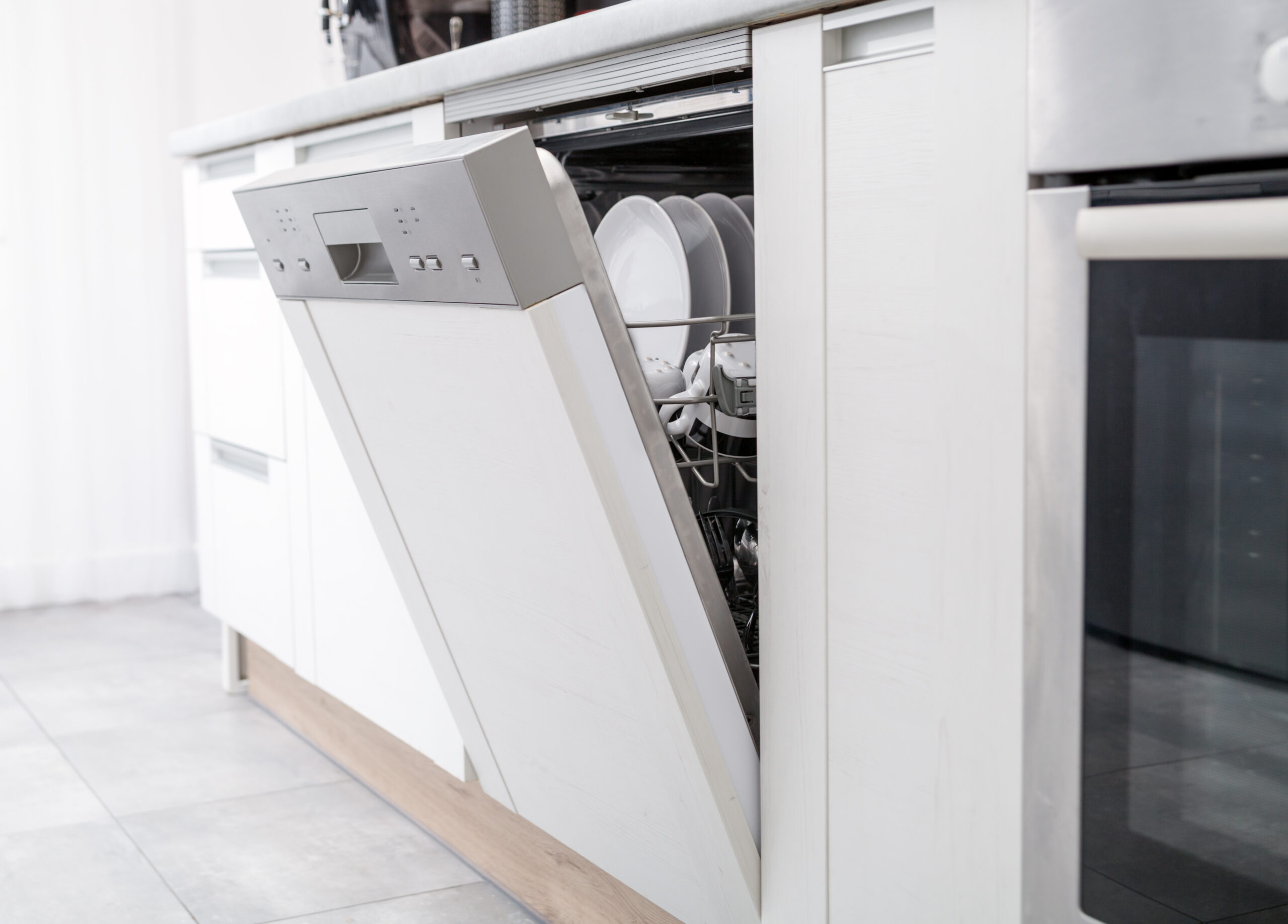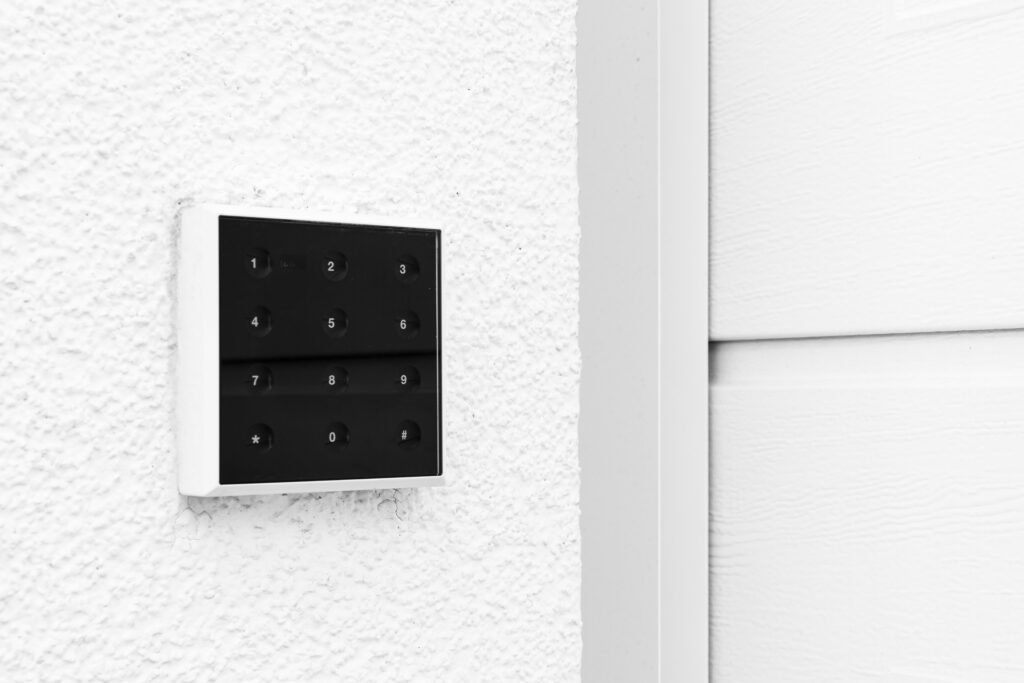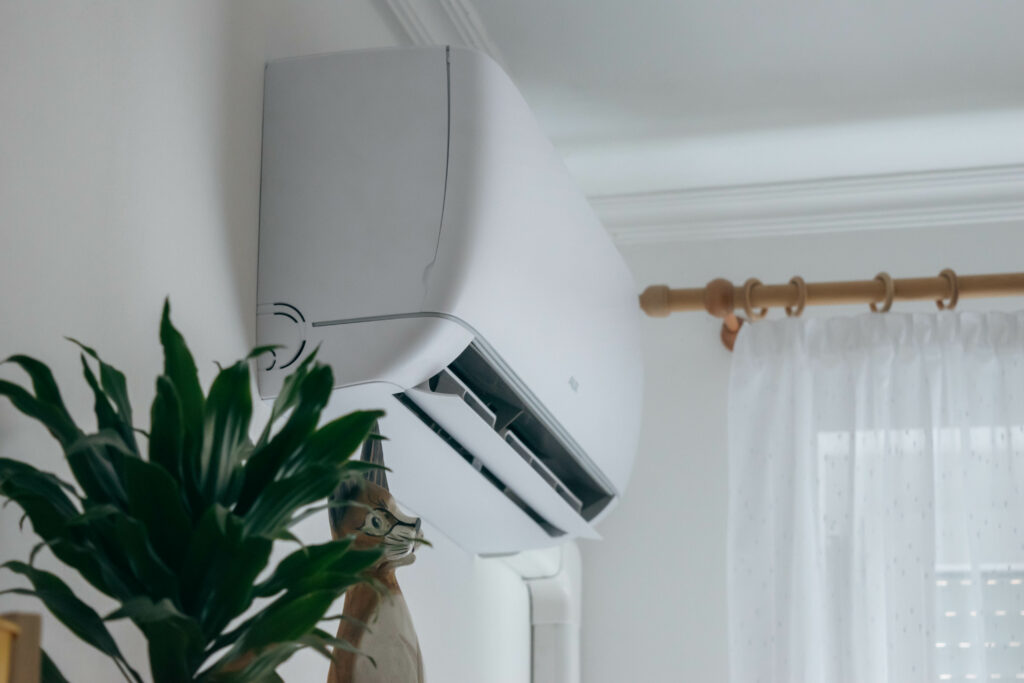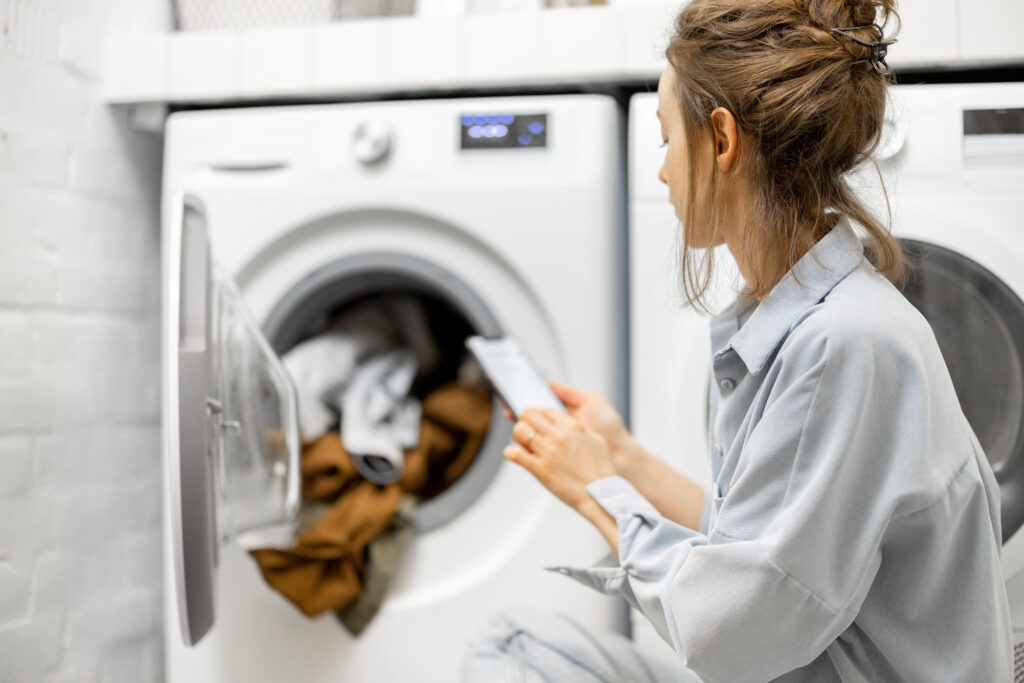Dishwasher Air Gaps and Garbage Disposals: What Homeowners Need to Know
Let’s talk about something not-so-glamorous but totally necessary in your kitchen: the dishwasher air gap. If you’ve ever noticed that little silver cap behind your sink and wondered why it’s there, you’re not alone. It plays a surprisingly vital role in keeping your clean dishes, well, clean—and your kitchen backed up with sludge-free plumbing. Especially when your dishwasher connects to a garbage disposal, things get a little more interesting. And while we’re at it, we’ll tie in how this all fits into your bigger home ecosystem—and yeah, how a home warranty with Armadillo can save your bacon if anything hits the fan.
What Is a Dishwasher Air Gap, and Why Should You Care?
Think of the dishwasher air gap as a tiny, unsung superhero perched between your dishwasher and kitchen sink. Its job? Preventing dirty water from flowing backward into your freshly washed dishes. Sounds simple, but the implications are huge. This small device ensures that during draining—especially when paired with a garbage disposal—wastewater doesn’t siphon back into your dishwasher through reverse suction. Gross, right? The air gap keeps your home’s plumbing code-compliant and your dishes hygienic. It’s actually required by code in some municipalities, too, so there’s that.
How a Dishwasher Air Gap Works—No Plumbing Degree Needed
Okay, quick breakdown. When your dishwasher drains, water travels up through a discharge hose, into the air gap. The air gap then redirects it through a second hose into the garbage disposal—or straight to the sink drain if you don’t have a disposal. The gap of literal air between these two hoses stops wastewater from siphoning back into your dishwasher in the event of a clog or backup. Think of it as a traffic cop, politely diverting the water to its proper exit. Minimal moving parts. Minimal drama. Maximum protection.
Using a Garbage Disposal with the Air Gap—Everything Must Flow
Now, let’s toss the garbage disposal into the mix. If your dishwasher connects to one, the air gap becomes even more critical. When the disposal gets jammed or clogged, pressure can push food particles and murky water right back through your dishwasher line—unless the air gap breaks the pressure chain. That’s the safety net. But make sure the knockout plug—yeah, the factory-installed little disc inside the disposal’s dishwasher inlet—is removed. If it’s not, the dishwasher can’t drain at all and your floors are in serious trouble. Rookie mistake.
Common Issues and Signs of a Problem
So, what can go wrong? Well, clogs are at the top of that list. Food debris can back up through the hoses or air gap, causing overflows or leaks from the countertop. If water is spitting out the top of your air gap or the dishwasher isn’t draining properly, something’s off. Another red flag? That gurgling noise like a coffee maker with indigestion. Sometimes, it’s just a hose kinked behind your cabinet. Other times, you may need to give your air gap a deep cleaning. Pop off the cap, clean out the gunk, and double check all hoses are secured. Super glamorous work, but entirely doable with a pair of gloves and a little patience.
Choosing the Right Setup for Your Kitchen
If you’re remodeling or replacing parts of your kitchen system, you might be wondering: Do I need an air gap? What about newer alternatives like high loop installations that use gravity rather than a physical gap? High loops are sometimes accepted, especially where plumbing code allows, but air gaps provide the most robust protection against backflow. Especially if your dishwasher connects to a disposal, the air gap is your best bet. In other words, don’t skip it. Choose stainless steel or durable plastic—bonus points if it matches your faucet fixtures so things coordinate without you trying too hard.
The Role of a Home Warranty in Dishwasher and Disposal Coverage
Now, let’s get real about cost. Replacing a garbage disposal? That’s around $150 to $400, depending on horsepower and brand. Dishwasher repairs can go higher, especially if water damage is involved. A failed air gap or improper installation might not seem like a huge deal, until it leads to full-blown water damage under your cabinets or even mold. That’s where a modern, smart home warranty steps in. With Armadillo, for instance, your dishwasher and garbage disposal are covered in select plans—providing you with quick access to quality pros and avoiding the DIY panic spiral at midnight. Instead of YouTube binging “how to fix a dishwasher leak,” you tap your app, file a claim, and let the experts handle the mess.
Why Armadillo Home Warranty Has Your (Dishwasher’s) Back
If you’re like most homeowners, you only think about plumbing when something breaks. Don’t wait for the flood. Dishwasher air gaps and garbage disposals are two small parts of a much bigger system, and they’re exactly the kind of stuff Armadillo covers so you don’t have to. Their plans are refreshingly simple, their service is lightning fast, and they know how to handle kitchen catastrophes. Whether your air gap fails, your disposal grinds to a halt, or your dishwasher decides to quit mid-cycle, you’re already protected with a plan from armadillo.one. Not yet covered? You can start customizing your perfect protection plan by heading over to this link right here. It might just be the most proactive thing you do for your kitchen this year.
















